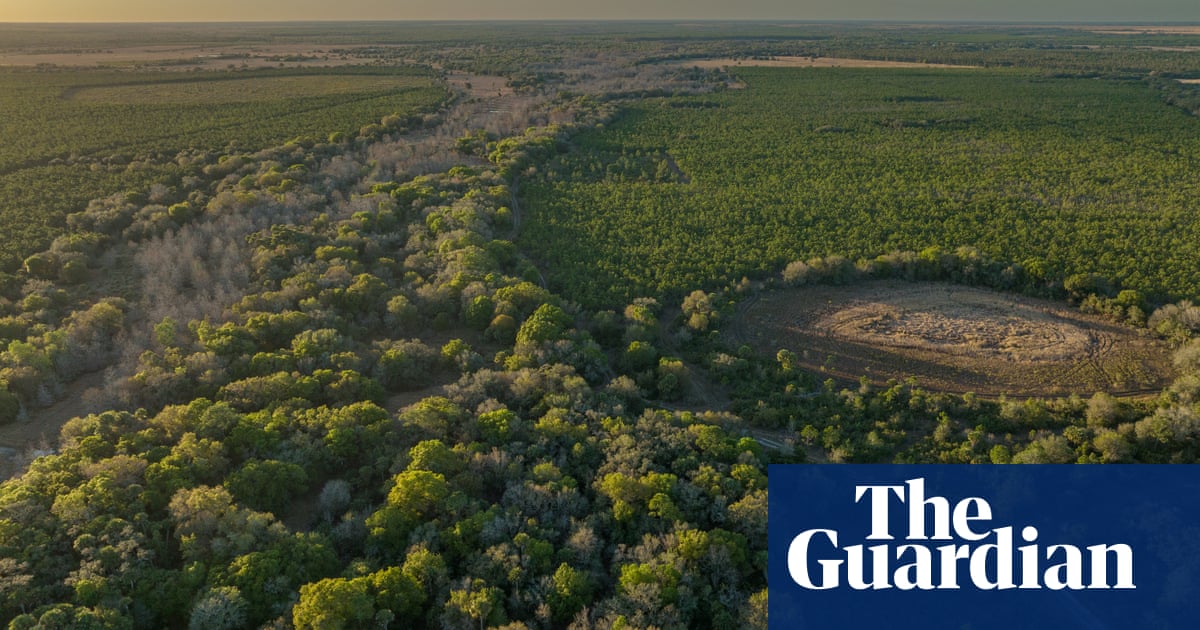Heat waves recently extended across nearly 30 percent of the world’s oceans, an expanse equivalent to the surface area of North America, Asia, Europe and Africa.

insideclimatenews.org
Over the past several years, the temperature of the Earth’s oceans have been spiking high enough to trigger numerous die-offs of marine species, killing millions of corals, fish, mammals, birds and plants. Those mass die-offs also have sent a wave of emotional trauma washing over some researchers watching their life’s work vanish before their eyes.
“We talk a lot about eco grief, that sense of being overwhelmed and feeling loss,” said Jennifer Lavers, who has been tracking how thousands of seabirds have starved to death during recent ocean heat waves off the coast of western Australia as coordinator of the nonprofit marine research Adrift Lab.
Right now the extreme ocean heat in her region is waning, but globally, marine heat wave conditions extend across nearly 30 percent of the planet’s oceans, a surface area equivalent to all of North America, Europe, Asia and Africa. The harms of long-term gradual ocean warming are well documented, but Lavers said the most recent studies show that increasingly frequent pulses of extreme heat are doing the most damage to marine ecosystems.
With even more mass die-offs of ocean species projected, “scientists are leaving in droves from the field,” she said. “Incredibly skilled, talented, qualified, very passionate people are leaving because no matter what they say, what they do, how many papers they publish … It doesn’t matter.”
The creatures many scientists hoped to help with their research are still in decline and often they are worse off than they were when they started their work, including the flesh-footed shearwaters that she studies, she said.
“That’s the case for me,” she said. “I have to literally say to people that my job is to describe the extinction of a species.”
In the last few years, as the ocean off the west coast of Australia simmered for extended periods, Lavers, other researchers and volunteers documented increasing numbers of emaciated and plastic-stuffed shearwaters and other seabirds washing up on coastlines.
“I’m supposed to go to work each day and inspire the next generation of young scientists,” she said. “They come to work with me and on day one, they’re bright eyed and bushy tailed. They can’t believe they’ve landed their dream job studying seabirds on remote, stunning islands. And by day four, they’re crying because they’ve just pulled 372 pieces of plastic out of the stomach of a seabird.”









